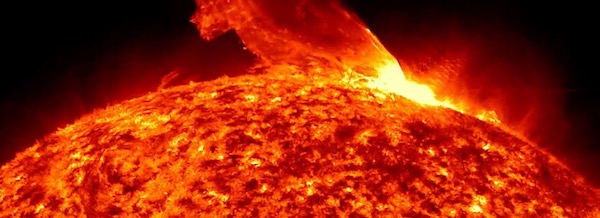
From the Editor
The PRP Survival Guide is designed to be a repository of experiences and insights shared by PRP patients and their caregivers. Collectively, the PRP community possesses a wealth of practical knowledge about pityriasis rubra pilaris. Only we are best positioned to harvest that knowledge.
Share what you have learned about flares and setbacks. Share articles you feel might be worth reading or websites worth visiting. Here is the first question we ask.
How have you handled flares and setbacks?
The following exchange took place in January 2016 among members of the PRP Facebook Support Group. The topic was PRP and FLARES.
IMAGINE A ROOM with filled with 100 PRP patients or their caregivers . There is only one topic on the agenda. FLARES. Each participant will answer the following questions as appropriate.
(1) Have you ever experienced a flare or flare-up?
(2) Of those who have experienced a flare
a) How many SEPARATE flares have you experienced?
(b) How often do your flares occur?
(c) How long do the flares last?
(d) Was the occurrence of a flare preceded by a trigger, e.g., stress, injection, illness? (Describe)
(e) What was the impact of a flare on your overall mental wellness?
(3) For those in remission, how concerned are you about a FUTURE FLARE?
According to MedicineNet.com, a FLARE is “an exacerbation of a chronic disease. Sometimes referred to as a flare-up, a flare occurs when symptoms of a disease that has been present for a time suddenly worsen. A flare is a transient worsening in severity of a disease or condition that eventually subsides or lessens. For example, in many arthritis conditions the joints can flare with worsening of stiffness, pain, and swelling.” For our purposes, a flare is NOT the initial onset of PRP.
